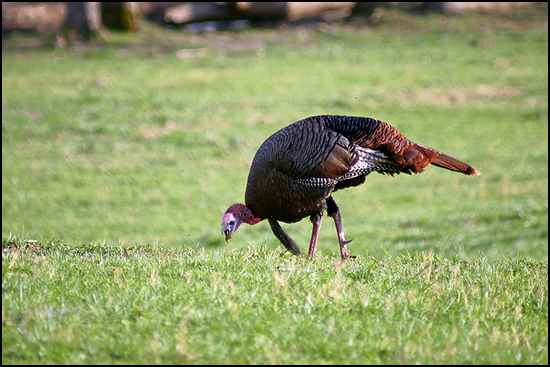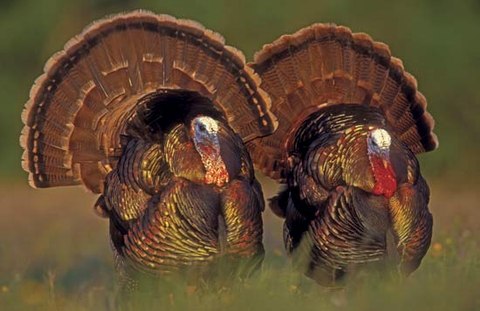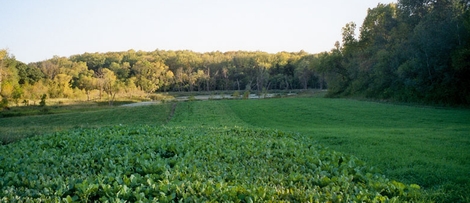Managing for wild turkey takes habitat enhancement, regulated hunting, and providing for all of their daily needs. Habitat must provide food, cover, water and space. One way to provide additional foods for turkey is through food plots. Just make sure you get started on the right foot. Think of it this way: For every successful garden you see, brimming with ripe vegetables, realize that the work started before the seeds went in the ground.
It’s no different for food plots, whether for white-tailed deer or wild turkey. You want to start with one of the most important components of a food plot, soil. Plan on evaluationg the soil before moving forward with developing your turkey food plot.
Why is a soil test a good idea? First, the test is simple and inexpensive. Soil sample kits are readily available from your county extension office or the Natural Resource Conservation Service (NRCS) office. They usually cost $10 or less. You can also find them online from private companies. Continue reading Soil Tests Make for Better Turkey Food Plots


